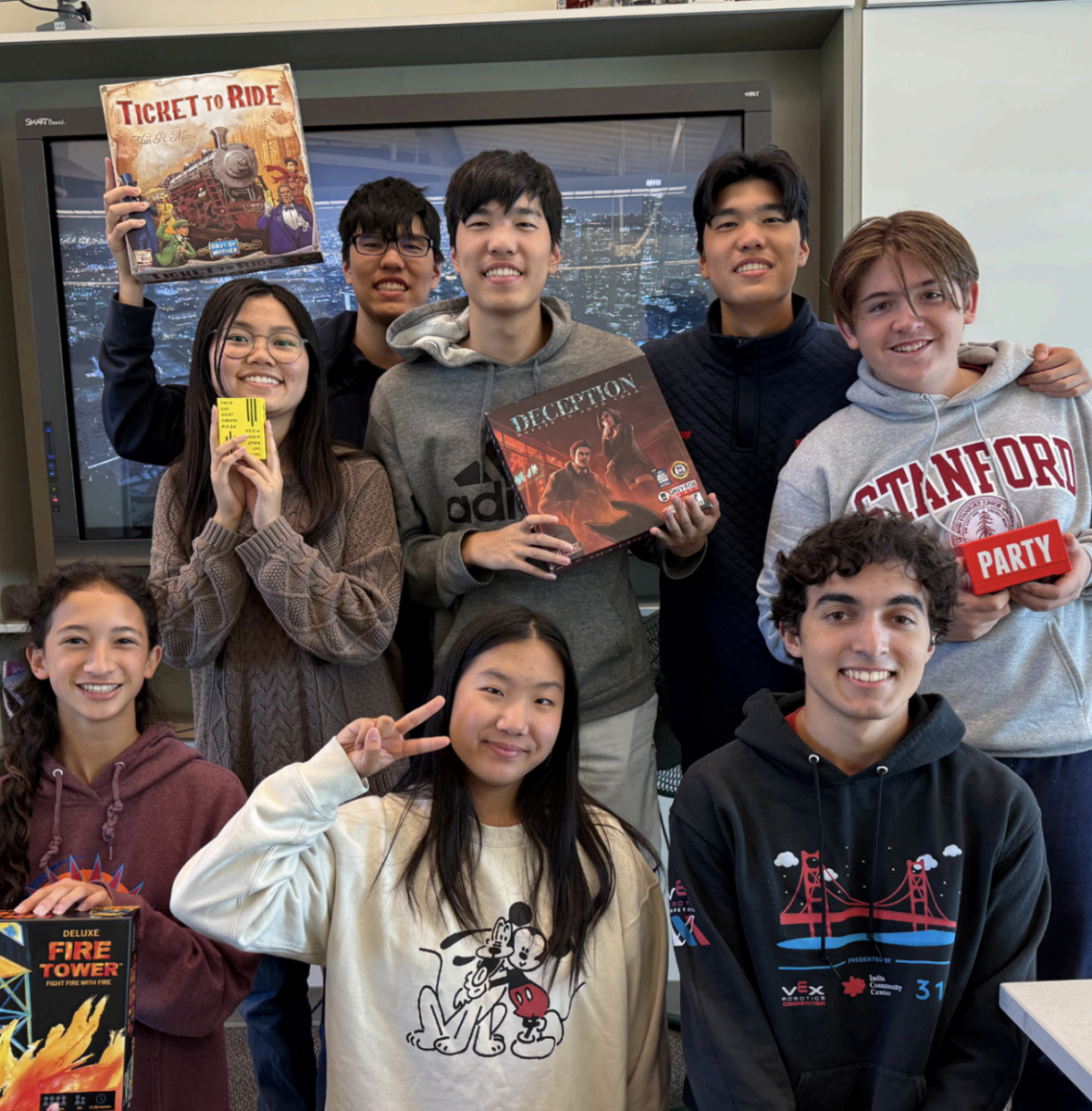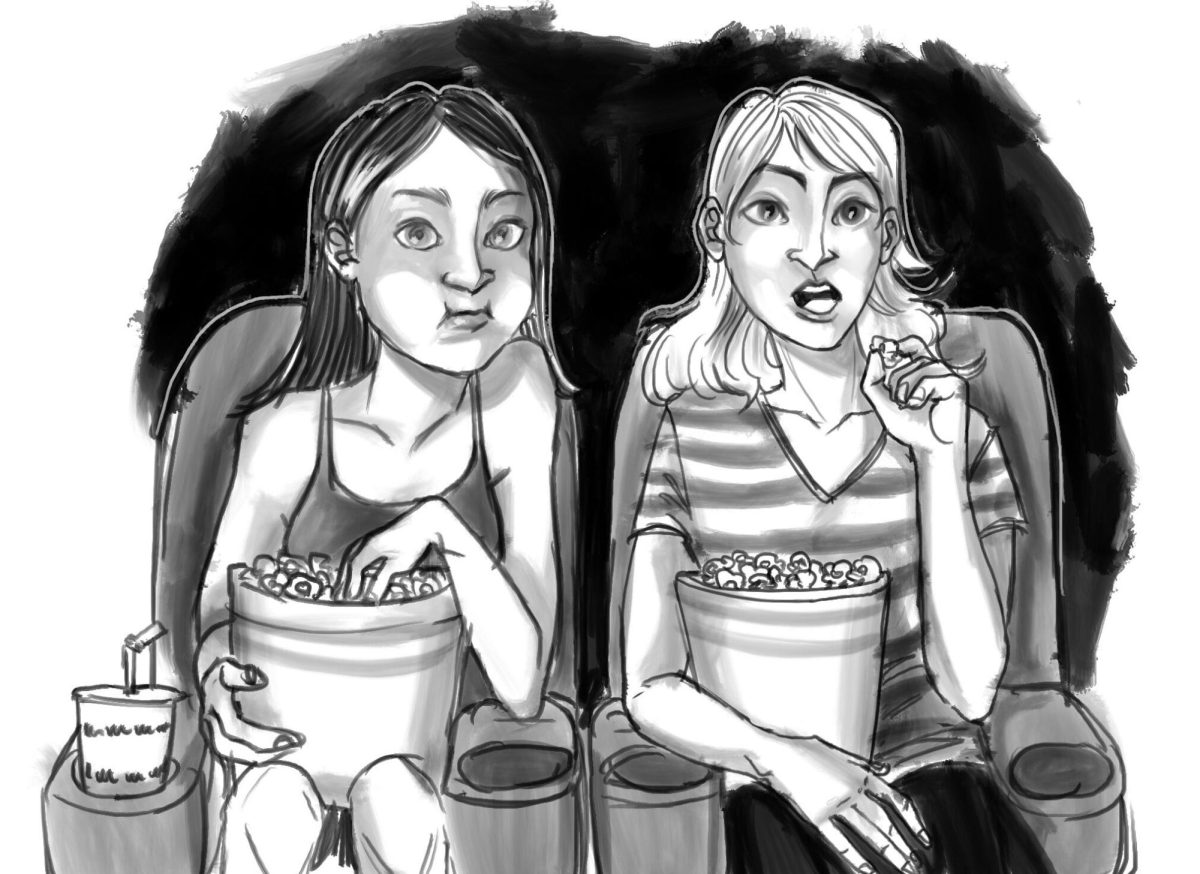Claudia Corrigan | Opinions and Co-Spread Editor
Photo by Hillary Stein | Flickr
A pink and purple Barbie Polaroid Camera 600 plastered in white, blue, and orange daisies – what else could a four year-old girl have needed in her life? I waltzed around, purple strap laced around my neck, snapping photos of whatever momentarily intrigued me. With no siblings as entertainment, my parents became my subjects by default, loading the laundry and picking the rosemary outside to season the chicken for dinner.
As I’d patiently wait for the small camera to produce my vision (with a pink floral border and the trademark signature of Barbie plastered to the bottom), I’d remember to savor what artistic allusions caught my eye. Only every month or so would I receive a new package of polaroid film – which contained only 10 rectangular photo cards each. To me, my photographs were novelty.
Around the age of 10, I remember my favorite outings being those to the Wolf Camera Drive-Thru in Los Altos. My mother would often buy me disposable cameras to take to the pool or on class field trips to the zoo so that I could document the little moments that pleased me in my life – for her and my father did the same. They always had these small yellow cameras at their disposal. We still have entire sections of drawers dedicated to the Wolf Camera envelopes full of these printed pictures and the original copies of their film.
I will often sort through these numerous envelopes, reminiscing over the bobble-head I once was (and still probably am). For many people, the scenes captured in photographs like mine trigger a sense of nostalgia for that particular moment. However, to me, the physical printed pictures themselves remind me of a time when photography, as an activity, was novelty. If you had a picture to match a particular moment in your memory, that was special – like finding the corresponding visual to a text you play back in your mind.
Today, we take many activities, like photography, for granted. With rapid technological progress, the beauty of many day-to-day activities loses its appeal and appreciation. Whereas once a photograph, even if blurry and red-eyed, was kept just to preserve a special moment in our minds, today, we scroll through the camera roll on our phone discarding any image that isn’t noticeably “Insta-worthy” to our followers. Progress is a wonderful thing – instant access is a beautiful thing, but it will never recover the beauty of what was once preserved solely for the fact that there weren’t many opportunities to recover it. Photographs, written sentiment, verbal communication – all things lost along the wires.








